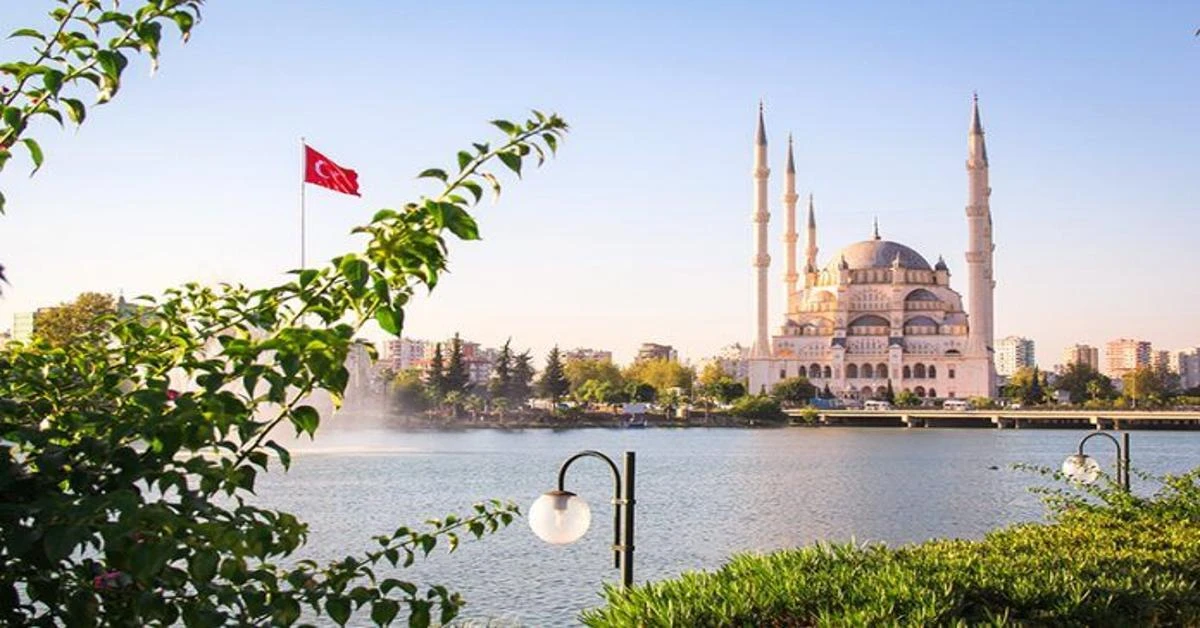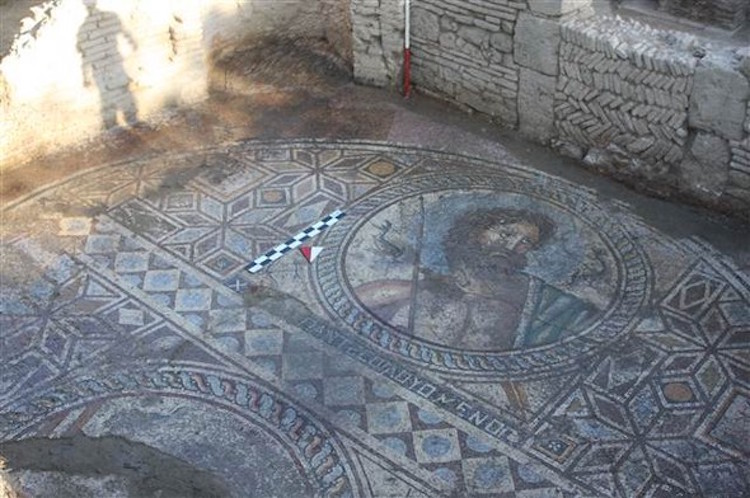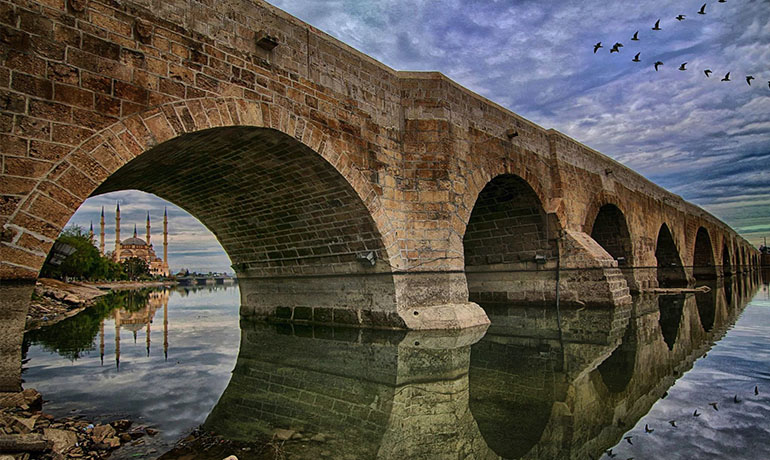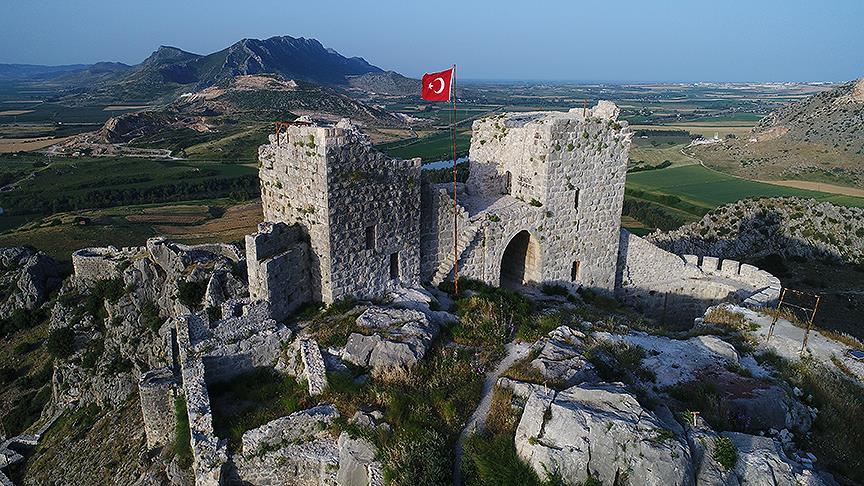5 fascinating facts about Adana

Adana’s little-known facts, from its ancient origins and ecological havens to its enduring architectural marvels and legendary tales
Adana is a city situated in Southern Türkiye, along the Seyhan River. Located at the heart of the historically significant region of Cilicia, Adana currently houses 6 million residents, and the area’s agricultural significance is attributed to the Cukurova plain’s vast and fertile terrain.
The city’s story is one of ancient origins, marked by several influential civilizations that have each left their mark. From the Hittite references to the city as Uru Adania (the region of Ada) to its role in Roman times and its significance during the Ottoman Empire, Adana has always been a crossroads of cultures and influences.
While exploring every aspect of this ancient city would be a vast endeavor, five distinct elements of Adana’s heritage are particularly noteworthy, offering insights into its multifaceted historical and cultural identity.
1. The meaning of Adana’s name

The journey begins with the origin of Adana’s name, which can be traced back to 3000 B.C. Historical records from the Seyhan district illuminate its progression from the Hittite era, where it first appeared as URU ADANIA in ancient tablets.
On the other hand, according to ancient myths, the city’s name originates from the sons of Uranus, Adanus and Sarus, who are said to have established a settlement in this area.
The Phoenicians, known for their extensive trade networks and cultural influences across the Mediterranean, contributed to the city’s nomenclature by associating it with ADONIS, the god of beauty and desire, often symbolizing fertility.
Later, Arab historians added another layer to the city’s rich tapestry of names as they linked ‘Adana’ to EZENE, believed to be the grandson of the prophet Yasef.
2. Adana houses a butterfly haven

Located within Adana’s region, the district of Saimbeyli is a significant center for butterfly conservation. This area became particularly notable in 1992 following the discovery of the “Saimbeyli Blue,” or Polyommatus theresiae, a species endemic to this region.
This discovery reasserted the ecological importance of Saimbeyli, which is home to an estimated 161 butterfly species. This accounts for about 40% of the butterfly diversity found in Türkiye.
Such a remarkable concentration of species in the Taurus Mountains not only reflects the area’s rich biodiversity but also signifies its crucial role in maintaining ecological balance and biodiversity conservation.
3. Adana was Türkiye’s first medical center

The region, especially during the Roman Empire, was strategically important as a naval base and renowned for its Asclepeion – ancient healing centers and hospitals.
Adding to this rich medical history is Dioscorides Pedanius, who was born in nearby Anazarbus. His seminal work, ‘De Materia Medica,’ penned in the first century A.D., has been a cornerstone in medicinal studies for over millennia. This text was a comprehensive treatise on herbal medicine and pharmacology and significantly contributed to the early foundations of medical science.
4. A vital conservation zone for the endangered Chelonia mydas

The Akyatan Wildlife Development Area in Adana is an essential conservation zone, particularly for the endangered Chelonia mydas, or green sea turtle. This area is distinguished as one of the few critical nesting sites in the Mediterranean, providing the perfect environment for these turtles to lay their eggs.
The unique blend of sandy beaches, coastal dunes, and wetlands in Akyatan creates an ideal habitat for the nesting and early survival of the green sea turtles. It supports a rich biodiversity, contributing to the region’s ecological balance.
The conservation efforts here extend beyond providing a safe nesting space; they involve comprehensive research and active measures to protect these turtles from threats like habitat destruction and human interference.
5. One of the oldest bridges still in use, Taskopru

Taskopru (Stone Bridge) is an ancient bridge standing over the Seyhan River in Adana, which has become a striking symbol of the city’s architectural legacy. Believed to have been built between 120 and 135 A.D. during the Roman era, it stands as one of the oldest operational bridges in the world.
This architectural marvel connects the two sides of the river and the present to Adana’s rich past. Over the centuries, Taşköprü has witnessed the city’s evolution, from the days of the Romans through the Ottoman Empire to modern times.
The bridge that was once a vital transportation link now serves as a historical site, reflecting Adana’s enduring heritage and its role as a cultural and historical nexus through the ages.
Bonus: The Legend of Yilankale (Snake Castle)

Yilankale, situated between Adana and Ceyhan, is shrouded in the enthralling legend of Sahmaran. This legend is deeply rooted in the local culture and tells of a time when the castle was home to numerous snakes. As part of an ancient tradition, the locals regularly fed these snakes milk.
However, a disruption in this practice led to the snakes being deprived of milk, setting the stage for a critical part of the legend: the snakes’ anticipated emergence from Yilankale to invade the nearby town of Misis.
Locals predominantly believe that the structure took the name Yilankale because it was the dwelling place of Sahmaran, a mythical creature who is half-snake, half-woman, and known for giving the elixir of immortality to Lokman Hekim.
The origin of Yilankale’s name is as intriguing as its legends. Some suggest it’s because of the castle’s snaking walls, while others believe it’s named after its most famous mythical inhabitant, Sahmaran. The castle’s history dates back to the 11th century and has recently undergone restoration by the Adana Provincial Directorate of Culture and Tourism.
Source: Newsroom



